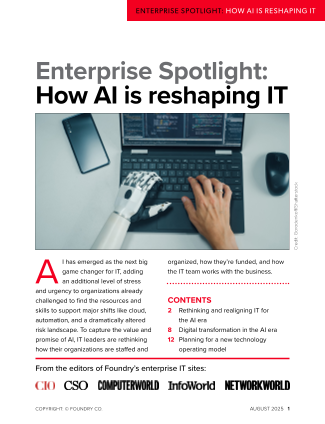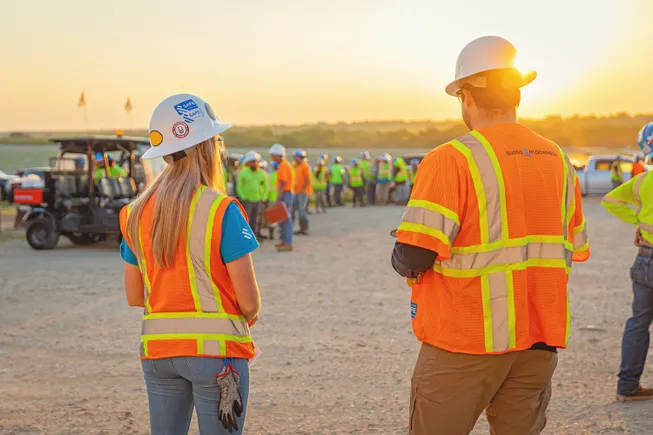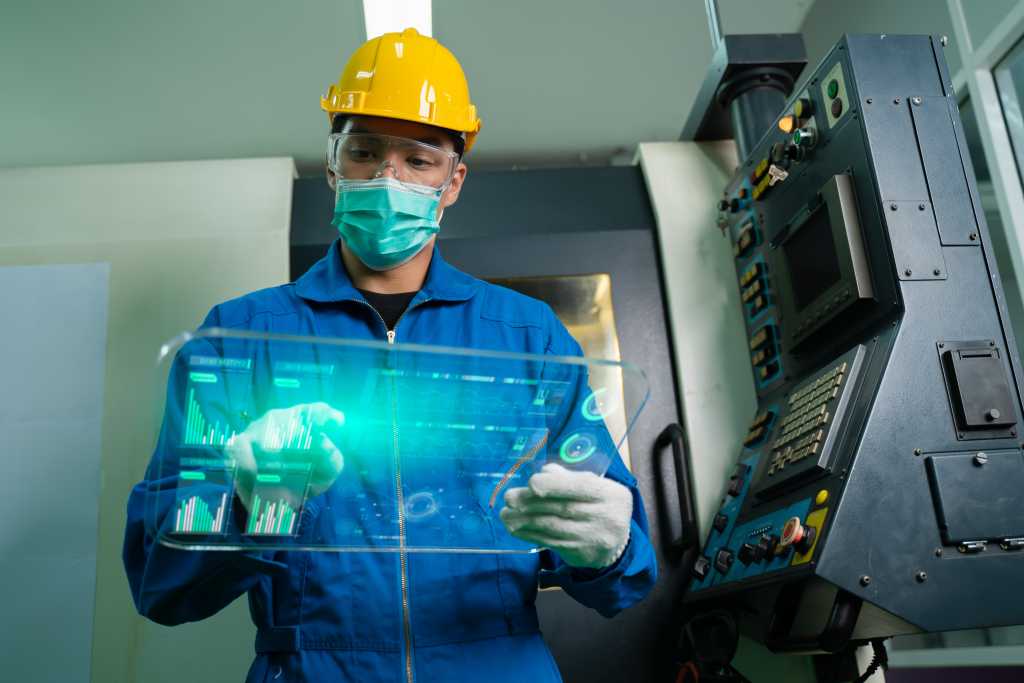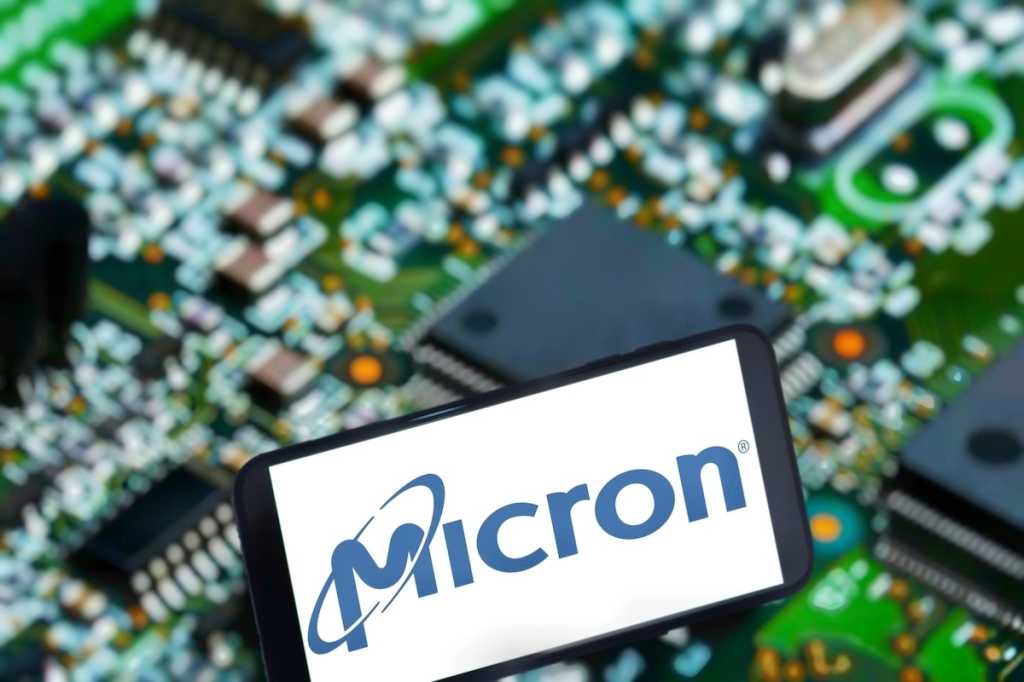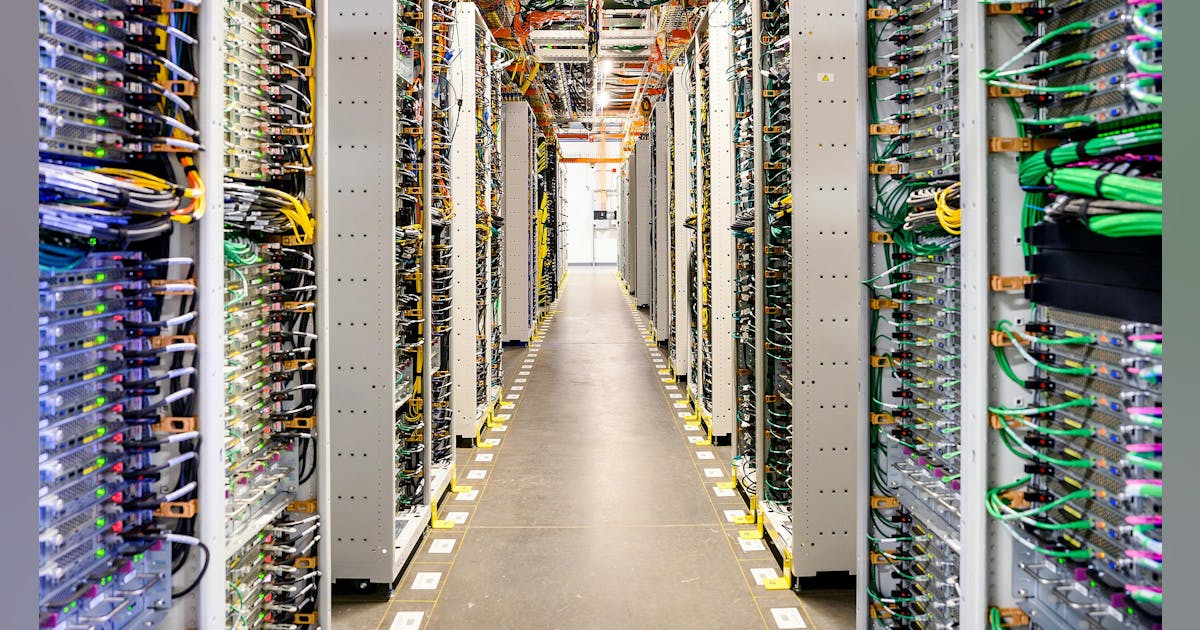
The European Commission has launched an “in-depth” investigation into Abu Dhabi National Oil Co. PJSC’s pending takeover of Covestro AG under the Foreign Subsidies Regulation to protect competition in the European Union market.
“The preliminary investigation indicates that ADNOC and Covestro may receive foreign subsidies distorting the EU internal market”, the Commission said in a statement online. “The possible foreign subsidies notably include an unlimited guarantee from the UAE, as well as a committed capital increase by ADNOC into Covestro.
“The Commission has preliminary concerns that the foreign subsidies may have enabled ADNOC to acquire Covestro at a valuation and financial terms that would not be in line with market conditions, and which could not have been matched by unsubsidized investors.
“The Commission also has preliminary concerns that the transaction could allow ADNOC to adopt investment strategies that would impact competitive conditions in the internal market”.
ADNOC, through its global investment arm XRG PJSC, is in the process of completing its takeover of German chemicals producer Covestro with a share acquisition offer of about EUR 11.7 billion ($13.53 billion) or EUR 62 per Covestro share. As of the end of 2024, 91.58 percent of Covestro shares were included in ADNOC’s takeover offer, exceeding the acceptance threshold of 50 percent plus one share, according to a Covestro statement February 26, 2025.
“The takeover offer is subject to the usual conditions of completion with regard to antitrust and foreign trade clearance and clearance under EU law on foreign subsidies”, Covestro said then.
On April 17, 2025, Covestro affirmed, “The transaction is expected to be closed in the second half of 2025”.
In announcing its in-depth probe last week, the European Commission said it had 90 working days until December 2, 2025, to make a decision.
The Commission will probe “whether the foreign subsidies that ADNOC may have received distorted the outcome of the acquisition process”, it said. “ADNOC may have offered an unusually high price and other favorable conditions, which may have deterred other investors from making an offer”.
The Commission will also probe “whether such potential foreign subsidies may lead to negative effects in the internal market with respect to the merged entity’s activities after the transaction”.
Rigzone emailed comment requests to Covestro and XRG about the extension of the probe.
Meanwhile Covestro continues to book losses. Last week it reported a second-quarter net loss of EUR 59 million, EBITDA of EUR 270 million, negative free operating cash flow of EUR 228 million and group sales of EUR 3.4 billion.
“Covestro closed the second quarter of 2025 in a difficult economic environment that was further exacerbated by new trade barriers”, Covestro said. “The unpredictable increase in US import tariffs led to noticeable disruptions in global supply chains in some key customer industries and significant declines in exports to the US.
“This resulted in a significant oversupply in relevant sales markets, particularly from the Asia-Pacific region, which led to a massive global decline in prices.
“While sale volumes remained largely stable, the decline in average selling prices and currency effects had a significant negative impact”.
It lowered its projected EBITDA for 2025 to EUR 700 million-EUR 1.1 billion.
“A short-term recovery is not currently foreseeable – we have therefore adjusted our forecast and are resolutely implementing our transformation and efficiency measures”, chief financial officer Christian Baier said.
Concurrently Covestro announced a new chief commercial officer. Monique Buch succeeds Sucheta Govil, whose second term ended July.
To contact the author, email [email protected]
What do you think? We’d love to hear from you, join the conversation on the
Rigzone Energy Network.
The Rigzone Energy Network is a new social experience created for you and all energy professionals to Speak Up about our industry, share knowledge, connect with peers and industry insiders and engage in a professional community that will empower your career in energy.
MORE FROM THIS AUTHOR




